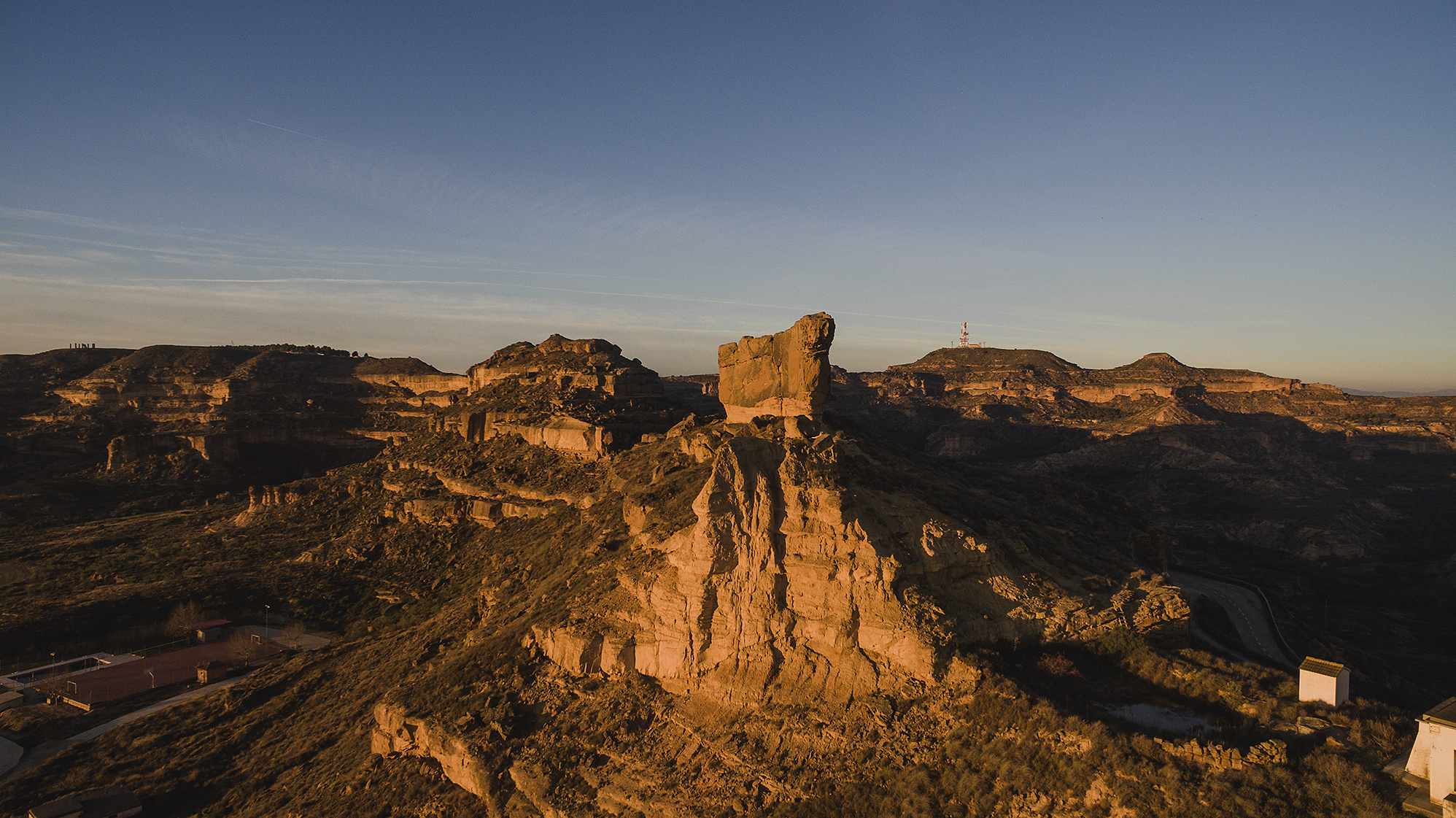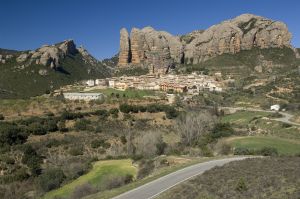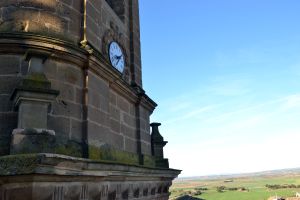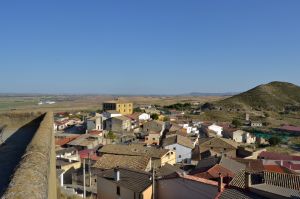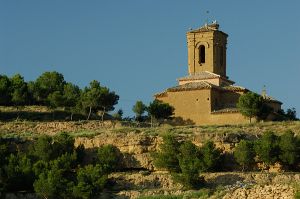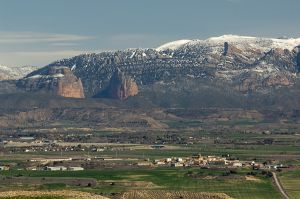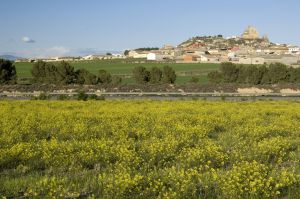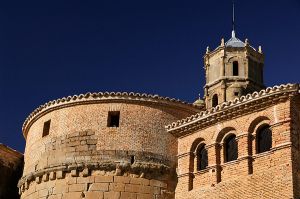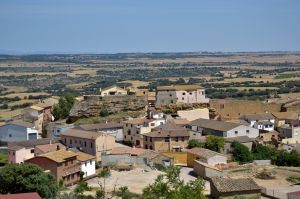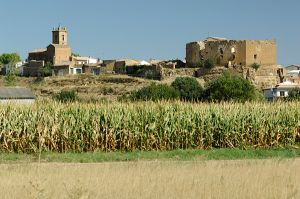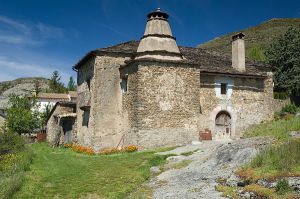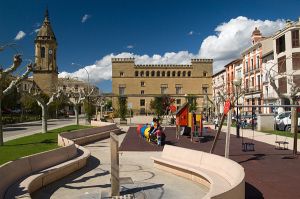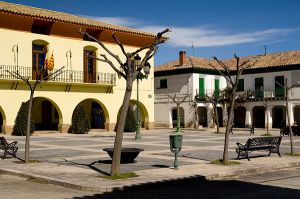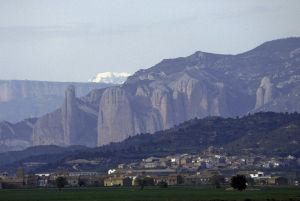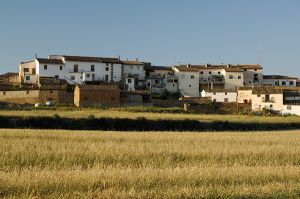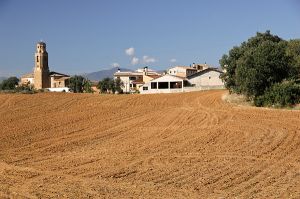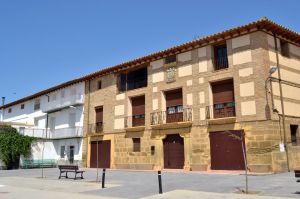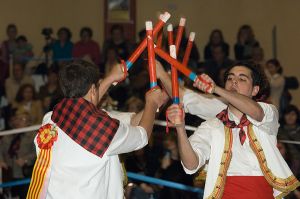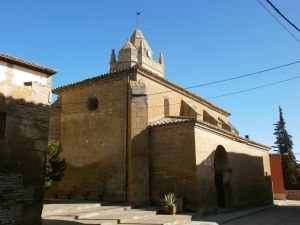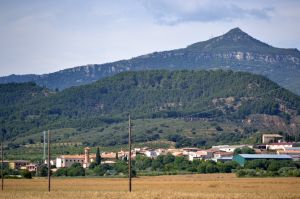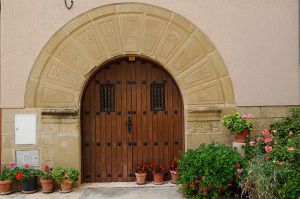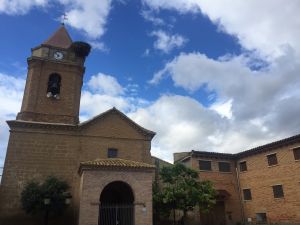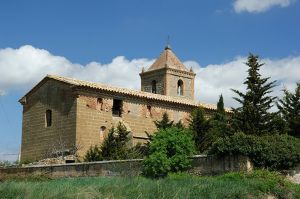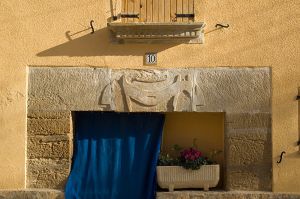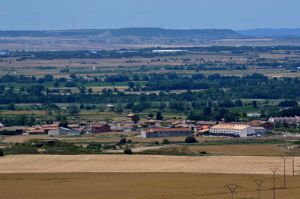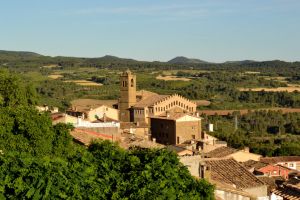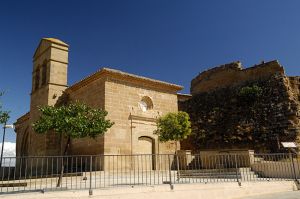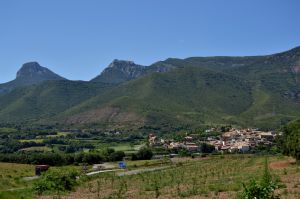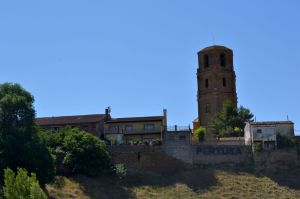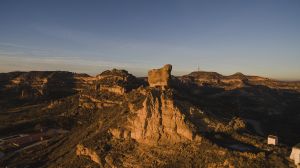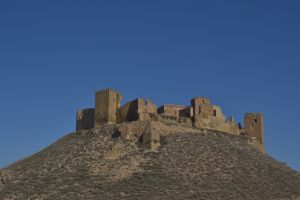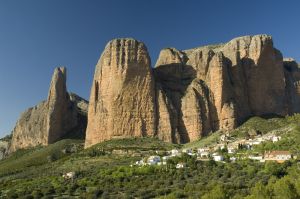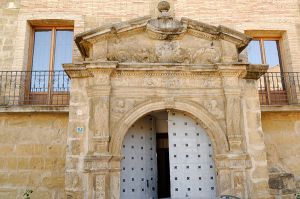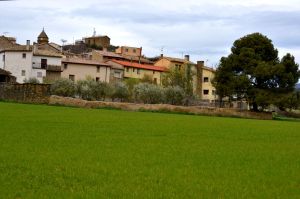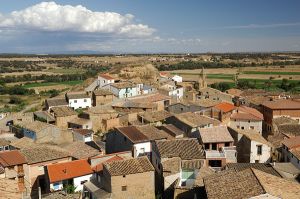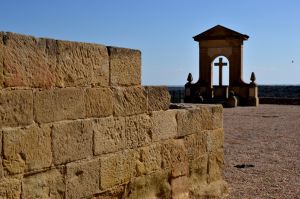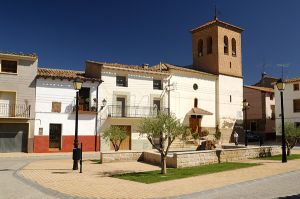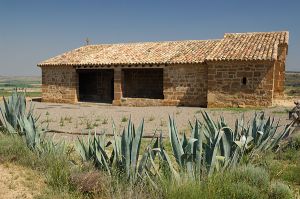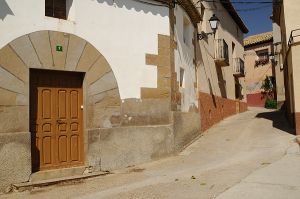The village of Piracés is located in a jagged region between the Flumen and Guatizalema rivers.
The surrounding steppe, silent, dotted with escarpments carved by the wind in the Tertiary Era and deposits of sandstones and clays, enhances the scenic beauty of the hamlet that hugs the irregular terrain.
The Parish Church of San Pedro, a late-Gothic-style building, is located halfway to the top of the urban layout.
Continue climbing the escarpments and other surrounding rock formations until you reach the biggest of them all, the “Peña Mediodía”, named after the sunlight that falls on the rock midday (“mediodía” means midday in Spanish). This is a rocky platform, an immense sandstone formation 80 meters long and 25 meters high. A climb to the peak is well worth the panoramic views of the entire plain unfolding below this strategic position. In fact, this site was used as a watchtower of an Arab fortress during the 9th and 10th centuries. Hollows, cavities, even the remains of an ancient chimney provide evidence of this former role.
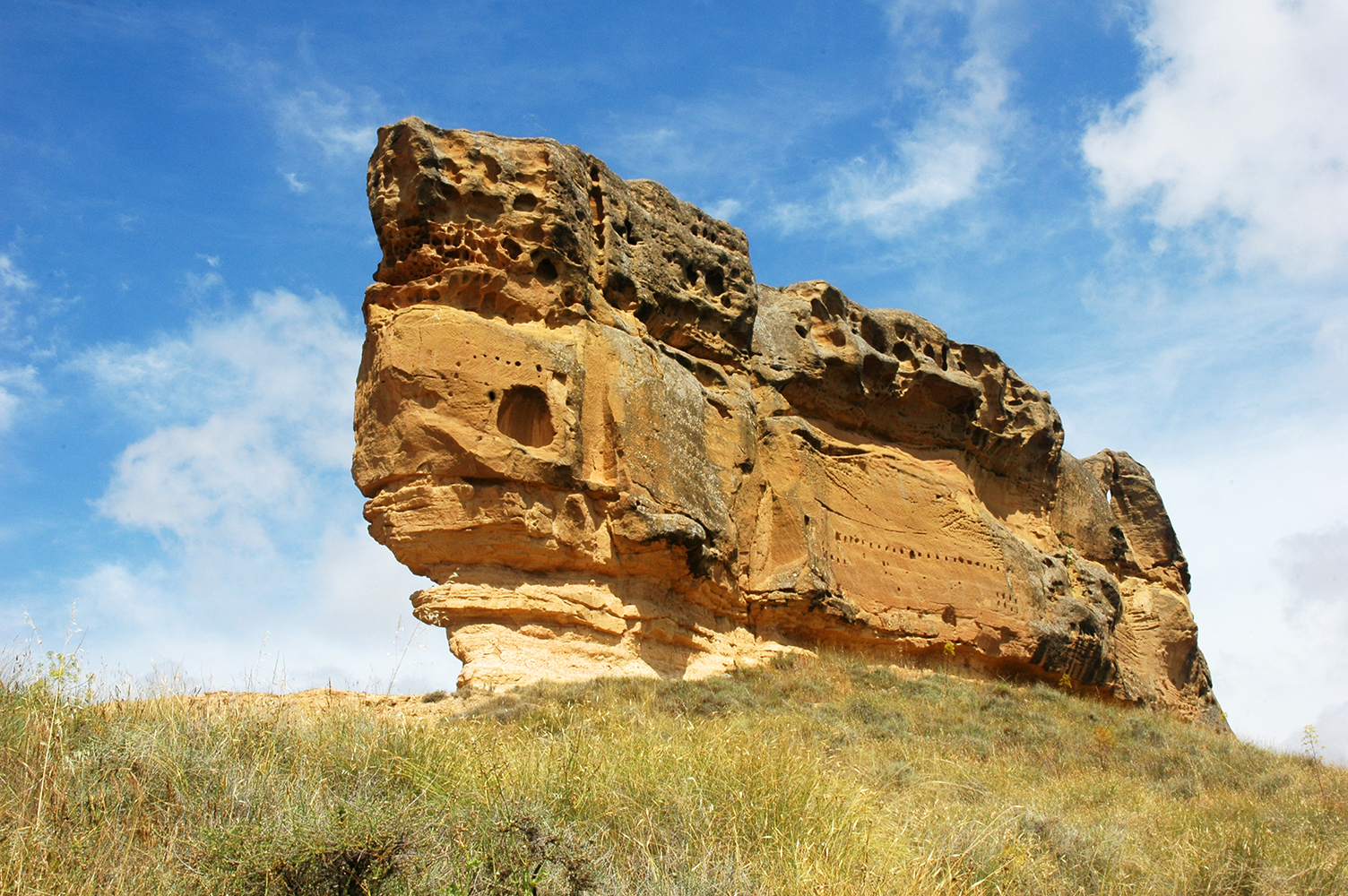
Pass the Peña del Mediodía to reach the Chapel of the Virgen de la Corona, along a trail that features rock formations with an almost human aspect with names like Tío Jorge (Uncle George) and Abuelo San Roque (Grandfather St. Roch), a rock with a profile that looks like an old man wearing a beret, around a hollow where the remains of the old Roman road are found. This chapel, of Romanesque origins (12th century), was significantly renovated in the 16th and 18th centuries. Nearby is “Árboles como Arqueología (Trees as Archeology)”, a contemporary sculptural work formed by eight granite monoliths created by Fernando Casás. This sculpture was the result of a project led by the CDAN Art and Nature Center in Huesca.
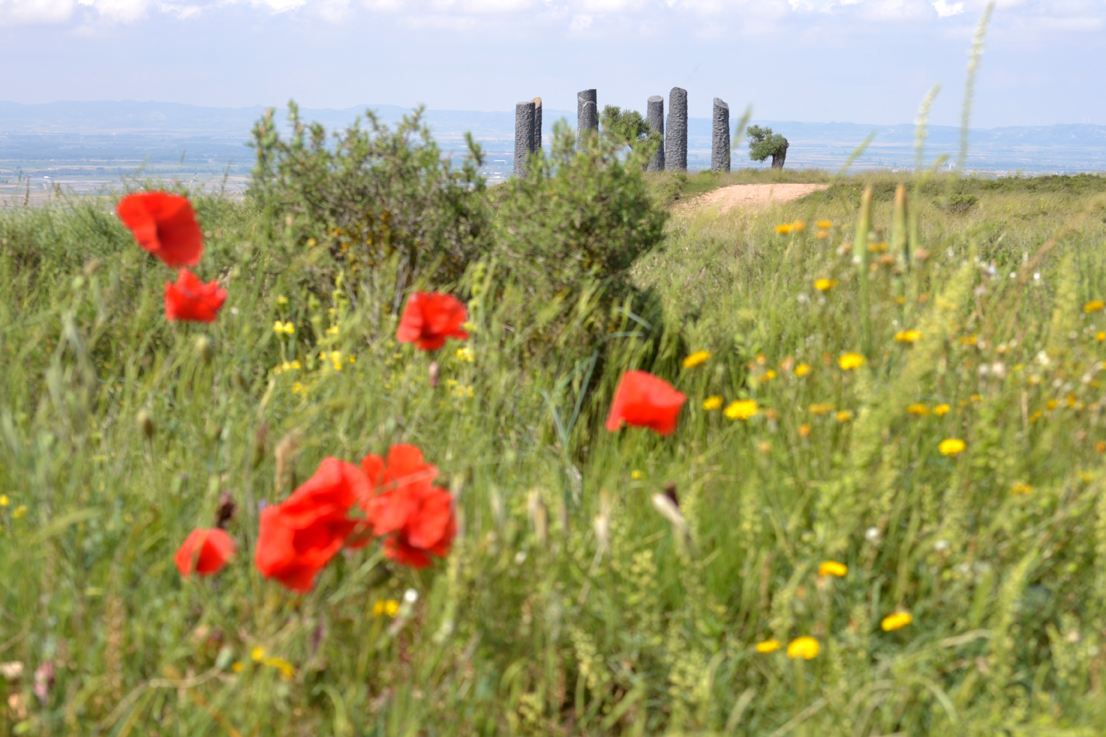
An Arab cistern fountain, which dates back to the 10th century, is also located near the village.
Piracés celebrates its annual festival on May 22nd in honor of St. Quiteria, and the pilgrimage to the Chapel of the Virgen de la Corona takes place on the first Sunday in May, and the one to San Jorge on April 23rd.





